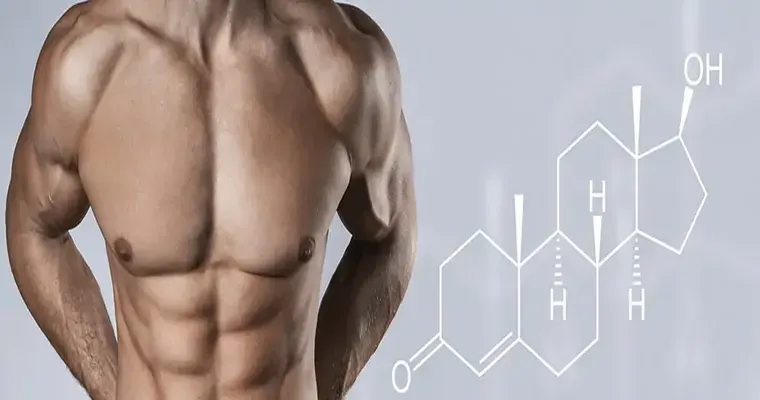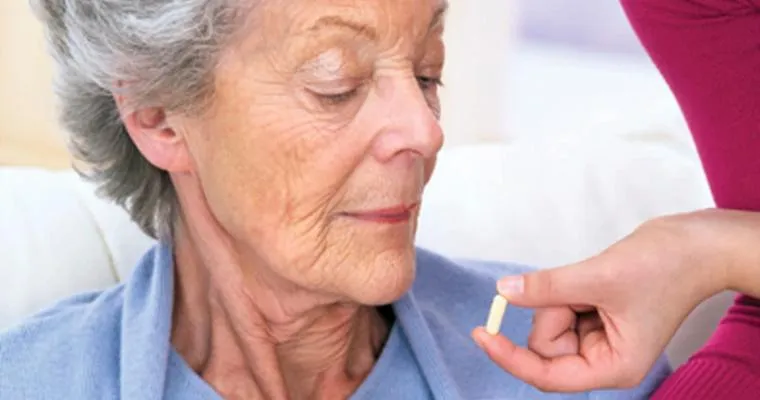As men age, they often experience a natural decline in "testosterone levels", leading to various physical and emotional changes. "Testosterone Replacement Therapy (TRT)" has emerged as a potential solution for aging men facing symptoms associated with low testosterone, such as decreased energy, diminished libido, and mood fluctuations. This article will explore the benefits, risks, and considerations of "TRT", providing valuable insights for men contemplating this treatment option.
Understanding Testosterone and Its Role
Testosterone is a vital hormone responsible for numerous bodily functions, including muscle mass maintenance, fat distribution, bone density, and the development of male characteristics. As men reach their 30s and 40s, testosterone levels typically begin to decline at a rate of approximately 1% per year. This gradual decrease can lead to a condition known as "hypogonadism", where testosterone levels fall below normal ranges, resulting in various symptoms.
Symptoms of Low Testosterone
Men experiencing low testosterone levels may face a range of symptoms that can significantly impact their quality of life. Common symptoms include:
Fatigue and decreased stamina
Reduced muscle mass and strength
Increased body fat, particularly around the abdomen
Low libido and sexual dysfunction
Mood swings, irritability, and depression
Difficulty concentrating and memory issues
Benefits of Testosterone Replacement Therapy
For men diagnosed with low testosterone, "TRT" can offer several benefits that may enhance overall well-being. Some of the potential advantages include:
1. "Increased Energy Levels": Many men report heightened energy and vitality after starting "TRT", allowing them to engage in daily activities more easily.
2. "Enhanced Sexual Function": Improved libido and sexual performance are common outcomes of testosterone therapy, helping men regain confidence in their sexual health.
3. "Improved Mood and Mental Clarity": "TRT" may alleviate symptoms of anxiety and depression, contributing to a more positive outlook and improved cognitive function.
4. "Increased Muscle Mass and Strength": Testosterone is essential for muscle development. Many men find that "TRT" helps them build and maintain muscle, supporting an active lifestyle.
5. "Better Bone Density": "TRT" can help prevent osteoporosis by increasing bone density, reducing the risk of fractures and other bone-related issues.
Risks and Considerations
While "TRT" can offer significant benefits, it is essential to consider the potential risks and side effects associated with the treatment. Some of these may include:
"Cardiovascular Issues": Some studies suggest a link between "TRT" and an increased risk of heart attacks or strokes, although more research is needed to establish a definitive connection.
"Sleep Apnea": Testosterone therapy may exacerbate existing sleep apnea or contribute to its development in some men.
"Prostate Health": Men with a history of prostate cancer or certain prostate conditions should approach "TRT" with caution, as testosterone can stimulate prostate tissue growth.
"Hormonal Imbalances": Over-treatment can lead to elevated estrogen levels, which may cause side effects such as gynecomastia (enlarged breast tissue).
Finding the Right Treatment
Before starting "TRT", it is crucial for men to undergo a thorough medical evaluation. A healthcare provider can perform hormone level tests and assess overall health to determine if "TRT" is appropriate. Additionally, ongoing monitoring is essential to ensure that testosterone levels remain within a safe and effective range.
Conclusion
"Testosterone Replacement Therapy" can be a valuable option for aging men experiencing the effects of low testosterone. While the benefits can significantly enhance quality of life, it is essential to approach this therapy with careful consideration and under the guidance of a qualified healthcare professional. For men seeking to regain their vitality and confidence, "TRT" may provide a path to a healthier and more fulfilling life.





